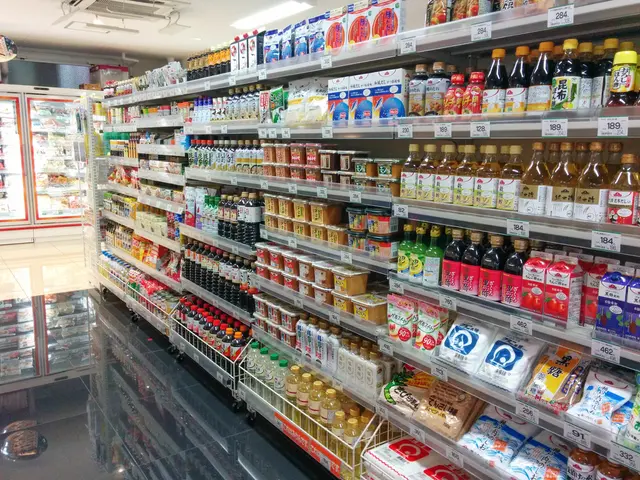Neo4j Revolutionizes AI Decision-Making with Graph-Based Memory Systems
Neo4j, a leader in graph database technology, is transforming AI decision-making by serving as the collective 'memory' for AI agents. This innovative approach, combined with Large Language Models (LLMs), is enhancing answer accuracy and query speed, potentially defining the next leap in business intelligence.
Neo4j's VP of Developer Relations, Stephen Chin, has highlighted an AI startup that reads between the lines and responds with nuanced empathy, demonstrating the potential of AI with a 'belief system' that can reason, infer intent, and initiate trust-based dialogues.
Neo4j customers are already embedding graph-based memory systems to connect siloed datasets, providing faster and more holistic answers. The company's focus on graph databases aims to address the trust gap in AI adoption. By combining LLMs with graph databases, Neo4j improves answer accuracy by over 54% and performs relationship-intensive queries 1000x faster.
Chin, who has held similar roles at JFrog and Oracle, emphasizes the importance of starting with graph technology in AI adoption. He advises business leaders to audit for explainability and not wait for the perfect model. Current AI assistants process questions and return likely answers based on training data, but Neo4j's approach offers a more robust and contextually rich decision-making process.
As AI continues to evolve, Neo4j's graph database technology is proving to be a game-changer in AI decision-making. By serving as the collective 'memory' for AI agents and enhancing the capabilities of LLMs, Neo4j is helping businesses harness the structure of their own data, potentially defining the next leap in business intelligence.
Read also:
- Trump administration faces lawsuit by Denmark's Ørsted over halted wind farm project
- Police station transfer ceremony in Horb am Neckar
- Unchecked Management of HP Dams Leads to Environmental Disaster: RTI Reveals
- Rapid advancements in automotive policies worldwide fuel transition towards electric vehicles








